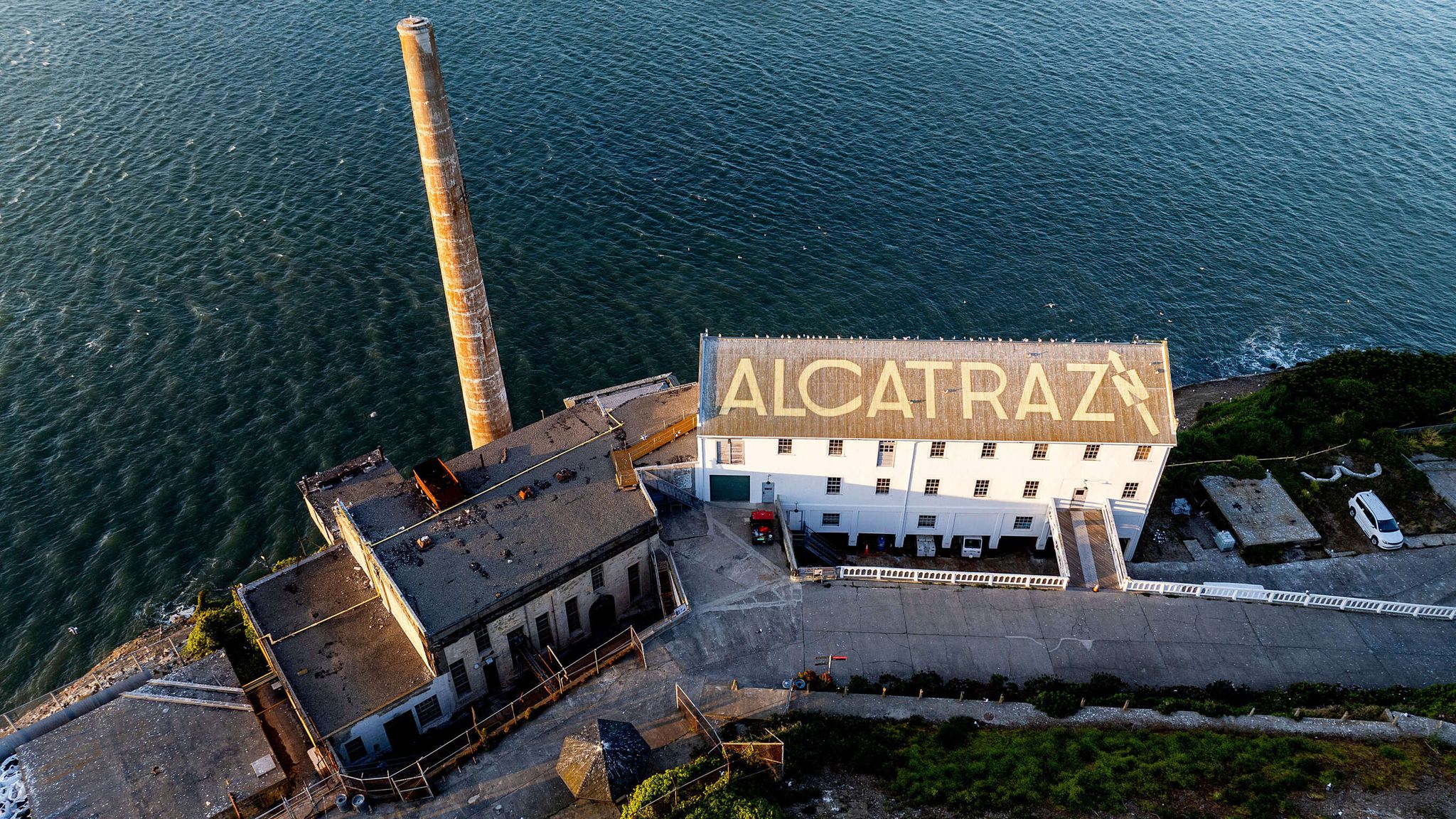U.S. President Donald Trump announced on Sunday that he had instructed the government to reopen and expand Alcatraz, the notorious former prison located on an island off San Francisco. Calling it a “symbol of law, order, and justice,” Trump made the announcement via a post on Truth Social.
Nicknamed “The Rock” and “Devil’s Island,” Alcatraz once housed some of America’s most infamous criminals, including gangster Al Capone. The facility has long fascinated the public and has been featured in several books and films, including The Rock, starring Sean Connery and Nicolas Cage.
From Fortress to Federal Prison
Alcatraz Island, about 22 acres in size and two kilometers offshore from San Francisco, was originally a defensive fort. The U.S. acquired it in 1846 after John C. Frémont purchased it on behalf of the federal government.
Recognizing its strategic value after the Mexican–American War and the onset of the Gold Rush, President Millard Fillmore signed an executive order in 1850 to reserve the island for public use. A fort was constructed in 1858, armed with about 100 cannons and housing the West Coast’s first lighthouse.
Though never used in combat, its isolation made it ideal for detention. By the late 1850s, it was used to imprison military personnel and others deemed security risks.
Civil War and Native American Detainees
During the Civil War, Alcatraz held Confederate prisoners of war and private citizens accused of treason. After the war, its population expanded to include Native American prisoners from the American Indian Wars, as well as others during conflicts like the Spanish-American War.
With increasing numbers, the fort was designated a formal military prison in 1907. Between 1910 and 1912, it was rebuilt and renamed the Pacific Branch, US Disciplinary Barracks, commonly known as The Rock.
Maximum-Security Era Begins
The military prison closed in 1933 due to rising costs. The Department of Justice took over, and in 1934, Alcatraz reopened as the country’s first maximum-security federal prison, meant to house the most dangerous criminals during a time of rampant organized crime.
Notable inmates included Al Capone, convicted of tax evasion, and Alvin “Creepy” Karpis, the FBI’s first “Public Enemy.” Alaskan murderer Robert “Birdman” Stroud also became one of its most famous residents, known for his ornithology research while incarcerated.
Harsh Conditions and Escape Attempts
Daily life in Alcatraz was strict. Prisoners were guaranteed only food, clothing, shelter, and medical care. All other privileges had to be earned. Punishments included hard labor and solitary confinement with only bread and water.
Of 14 escape attempts involving 34 inmates, most were captured or believed to have drowned. The 1979 film Escape from Alcatraz dramatized one of the few unsolved escape cases.
Closure and Native American Occupation
In 1959, a report revealed Alcatraz cost three times more to operate than other prisons — $10 per prisoner daily versus $3 elsewhere. Constant saltwater exposure corroded the facility, with repairs estimated at $5 million. These issues led to its closure on March 21, 1963.
In 1969, Native American activists from the group “Indians of All Tribes” occupied the island for 19 months to highlight Indigenous struggles. They were eventually removed by federal marshals in 1971.
Tourist Site and National Landmark
In 1972, Alcatraz became part of a national recreation area under the National Park Service. It was opened to tourists the following year and remains a popular historical destination today.
President Trump’s directive signals a dramatic change in the site’s future, though no specific reopening date has been announced.






